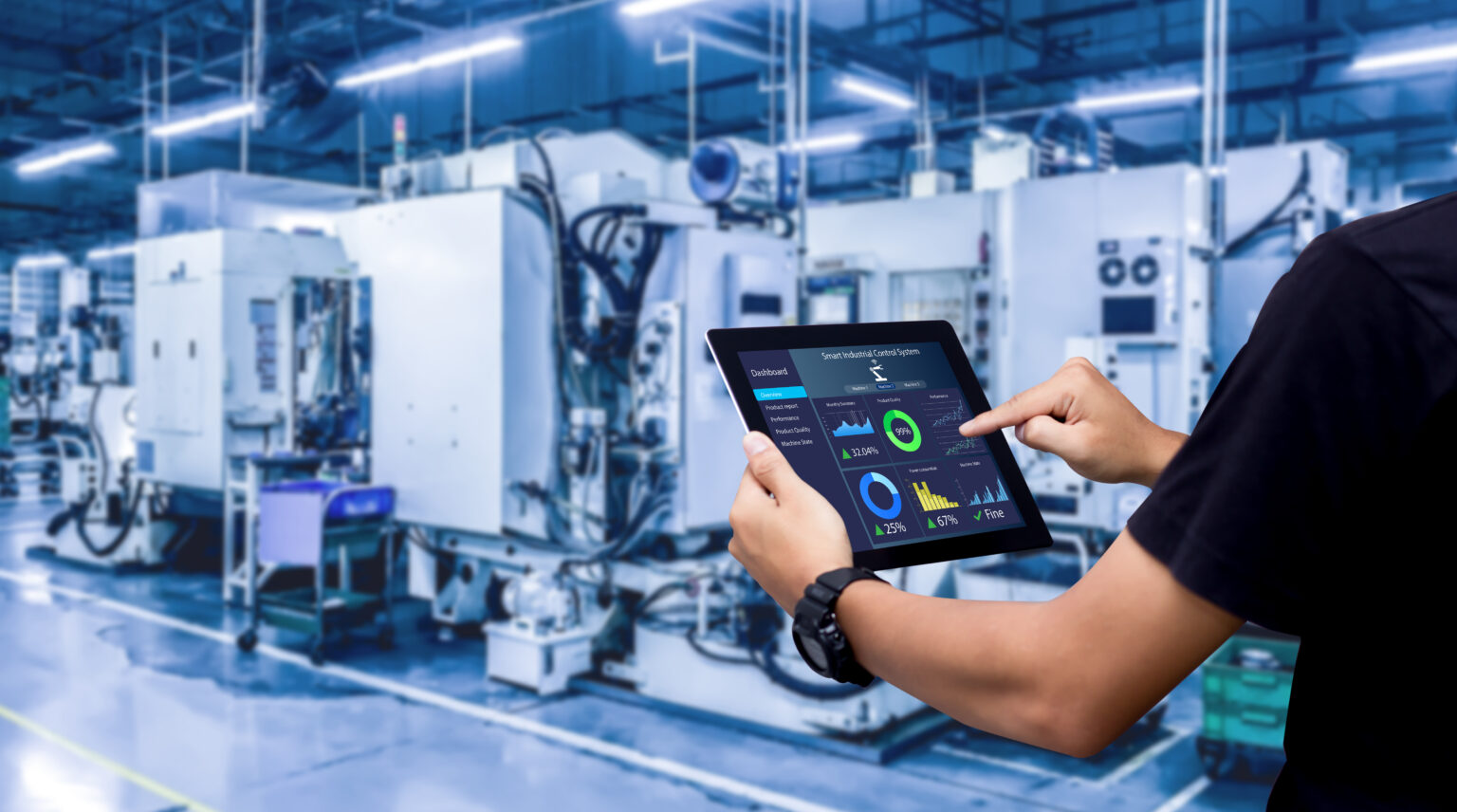The productivity benefits of implementing an EAM system early when building a new facility provide immediate return on investment for an organization. Some of the benefits include paperless document routing and use of electronic signatures as well as automatic notifications that can speed the time it takes to process new equipment and approve documents. You can read more about this in our previous blog. In this blog, we’ll cover the compliance benefits that an EAM can provide in a new facility. If you haven’t registered for our upcoming, live webinar, you can learn more here:
—
Register for Live Webinar
Throughout this series, we’ll discuss the best practices for GMP asset management in new facilities with a special focus on the unique needs of Biotech companies. We’ll cover the importance of implementing an EAM/CMMS early on in a new facility, handling new and transferred equipment, driving process consistency and automation, managing records, validating software and strengthening FDA compliance. The series will be followed by a live webinar on 11/17 that will include a live question and answer session. I encourage you to join us for the webinar as well as continuing to read the rest of the blog series.
Register Now for the Live Webinar
—
EAM Compliance Drivers for New Facilities
As we covered in the last blog, the process of introducing new manufacturing equipment and instruments can be exaggerated in a new facility because of the volume of new assets being added in a short period of time. Below is an example of the process that could be followed to introduce a new asset into a GMP environment:
This process, in terms of compliance, can be optimized if an EAM system that is implemented at the very beginning of building a new manufacturing plant. Below are 5 significant ways that an EAM system (such as Blue Mountain RAM) can aid in providing a strong compliance framework within a new facility:
1) Error Proofing
When utilizing paper equipment records, one may expect to see a considerable amount of deviations attributed to data entry, as well as a lack of consistency in entries for similar tasks. Most EAM systems provide methods of error proofing user entries. This includes the use of pre-defined picklists and smart-fields that pre-populate fields from the equipment record. Warning messages can also be configured to prevent the records from transitioning states if data is missing. Avoiding unnecessary deviations when trying to start-up a manufacturing facility puts a team in a much better position when obtaining licensure.
2) Reducing Paper
While there is a lot involved in going paperless, the one component that makes a paperless system possible is a powerful workflow automation engine. The Blue Mountain RAM workflow system creates a process driven, automated work environment that consistently executes and manages the paperless system. A powerful workflow engine can not only increase productivity, but improve compliance. This includes utilizing e-signatures for approvals, helping personnel who may be new or unfamiliar with GMP processes, and preventing steps from being skipped in process execution. For those who operate in clean room facilities where paper is forbidden or discouraged, having an EAMS means work can be documented in real time on a clean-room tablet, and not have to wait until the calibration or maintenance technician leaves the classified area.
3) Entire Equipment Lifecycle in One System
From a compliance stand point, it is valuable to store documents and information generated during all points of the equipment’s lifecycle in a single validated system. An EAMS provides consistency for automated processes, document storage and audit trails for each piece of the asset lifecycle including:
- Asset Induction
- Work Management
- Work Execution
- Calibration and Maintenance
- Record Keeping
Without a validated system, the facility is left with paper-based processes which make it more difficult to securely store, trend, and access information, which is frequently needed when preparing for licensure.
4) Automated Due Date Reminders
By utilizing a validated EAMS upon asset induction, a facility can ensure that due dates are captured (and captured correctly) in an automated reminder system. Paper based systems cannot provide reliable notifications, and query for work to be scheduled well in advance. This is especially helpful in the fast paced and dynamic environment of a start-up.
5) Out of Tolerance / Non-Conformance Generation and Trending
One risk to bringing in large quantities of new equipment is that they haven’t yet proven that they will actually operate as intended for the new process. Although specifications are laid out up front, sometimes there is an art to calibrating and maintaining intricate equipment. By recording calibration measurement data, personnel can easily capture and trend equipment data so this can be identified early. Using an EAMS to do this can make historic information easily accessible and can automatically trigger Out of Tolerance notifications when they arise, which ensures that these results won’t be overlooked.
Join us for a live webinar on 11/17 that will cover asset management in new facilities in more detail and include a live question and answer session. Register Now for the Live Webinar


